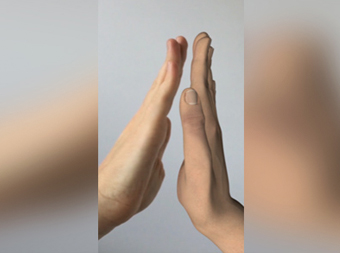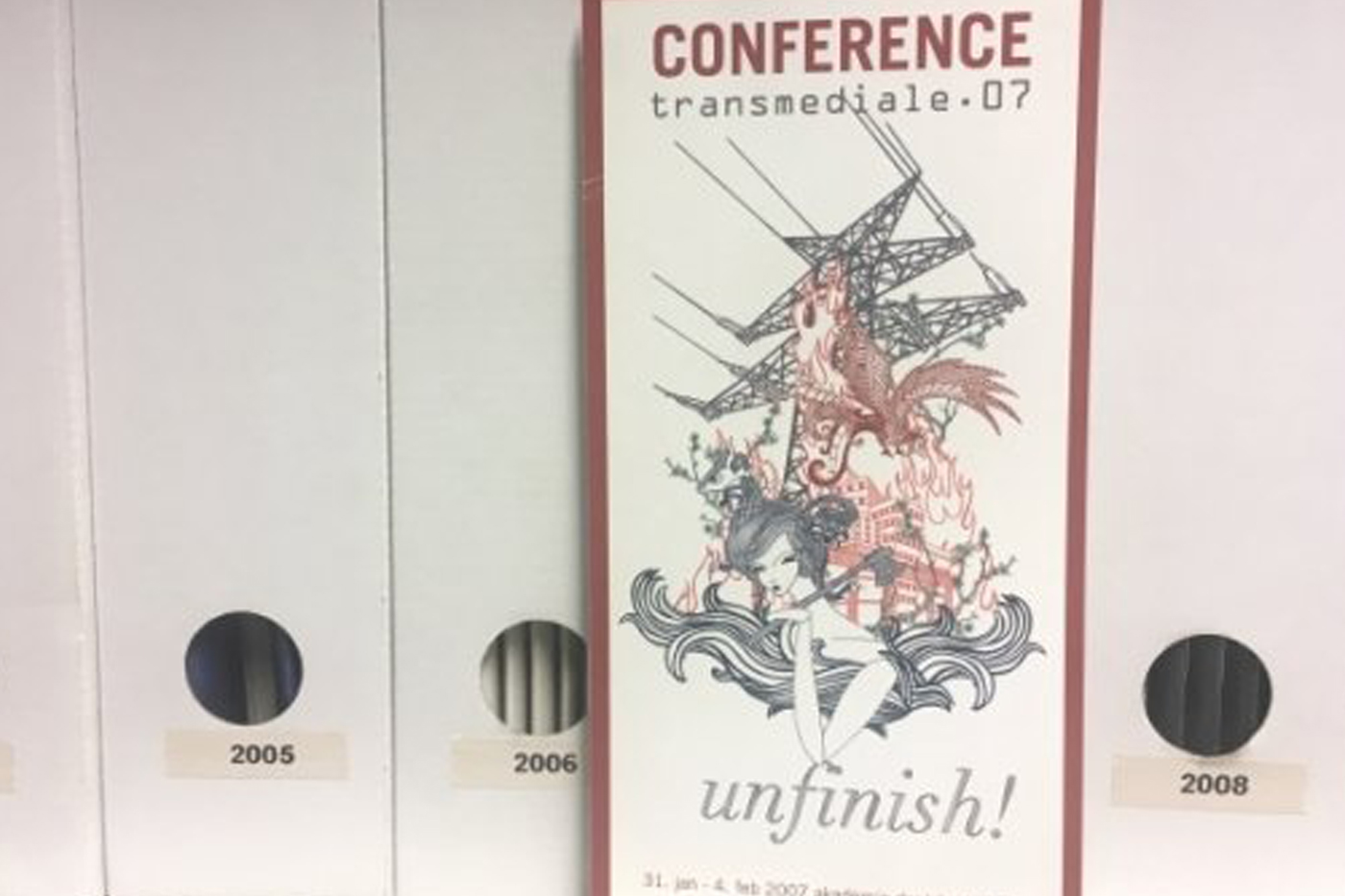-
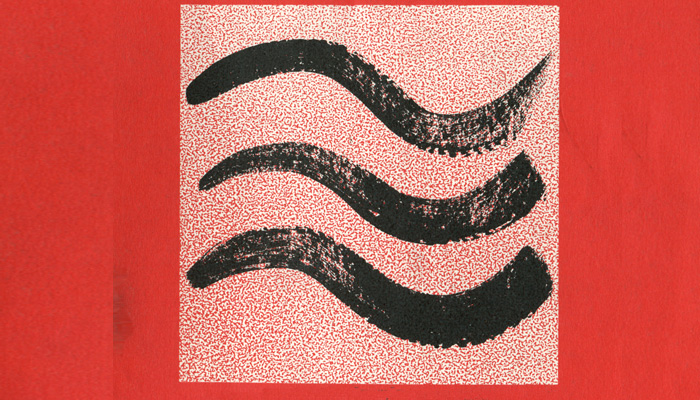
Since 1973, video contributions had been part of the International Forum of New Cinema at the Berlin International Film Festival. As the Forum decided to almost completely cease the screenings of videos and video art in 1987, the independent production group MedienOperative presented its own video-only program under the name VideoFilmFest in 1988, highlighting the importance and variety of video art.
-

In only its second year, the VideoFest ‘89 had already become the largest European video festival. It focused on video as a young artform, which has always been a reaction to the “brave new world” of the highly technical mass societies with all their computers, nuclear power stations, destroyed landscapes and lonely individuals. Thus, video is not film—it remains bulky, playful and vulnerable.
-

Within a short time, the VideoFest has become one of the most important international video festivals.The VideoFest ‘90 program consisted of works covering the field of video art and documentation; the intention was to point out video-specific realizations of documentaries.
-

The character of the VideoFest ‘91 had become edgier than before: the program included more works irritating in form and content, more documentaries trying to find an innovative formal language for exciting topics, and more videos using artistic means to reflect upon social or political topics in an unusual way.
-
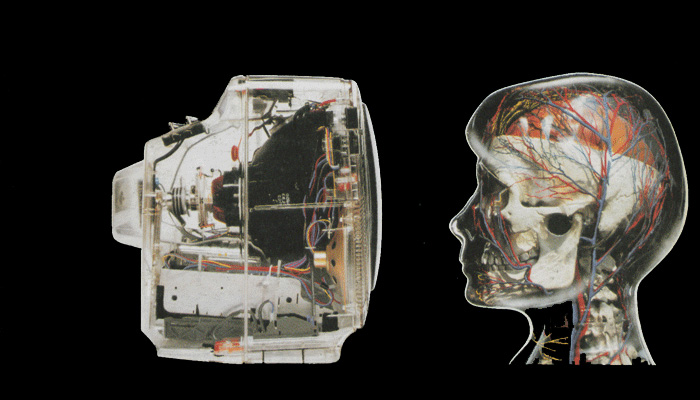
Also with the VideoFest ‘92, the MedienOperative claimed to reflect the development of international video culture and to represent a rich variety of genres - productions, sculptures, or fields like interactive media or computer animation that break down boundaries.
-
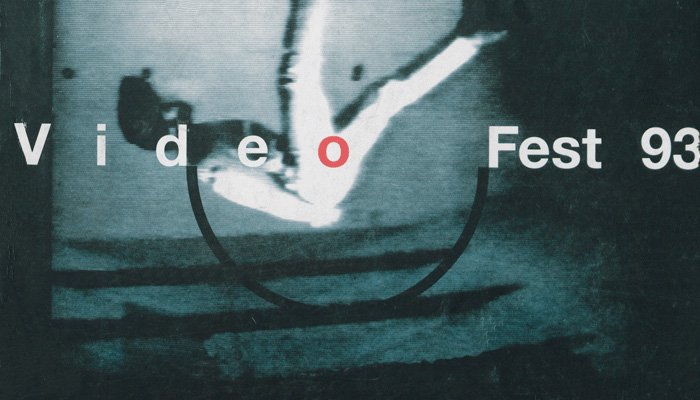
A new edition, a changed festival: The VideoFest ’93 presented the new program ACCENTS that explored the video cultures of France and Latin America. Video full up: different from film, different from television - sometimes irritating, but never boring.
-
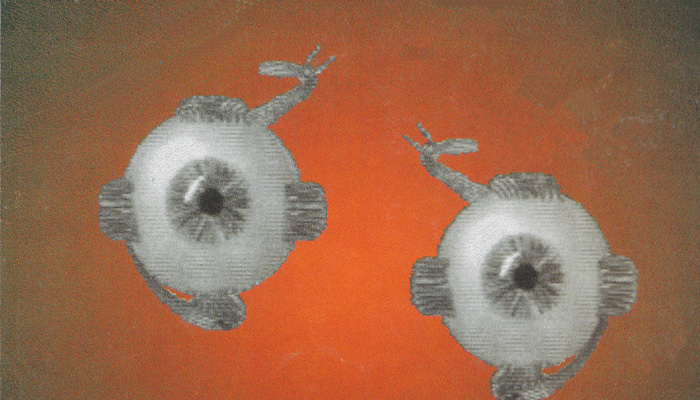
The seventh year, the year of that infamous “itch” - luckily that wasn’t the case with the VideoFest ‘94. As the interconnections between video and television had become ever more important, the program showed uncommon television productions and tapes that, critically speaking, went against the grain of commercial media.
-

The VideoFest ‘95 saw beyond the tip of its nose and explored in detail what the new magic word Multimedia stood for in the realm of CD-ROM and Internet artworks. There were performances, discussions, workshops and an exhibition.
-

Technological advances grew at an exponential rate, and electronic art started to invariably succumb to the digital. Thus, the VideoFest ‘96 had restructured itself and payed more equal attention to video, television, and multimedia.
-

On its tenth anniversary, the VideoFest changed its name to transmedia ‘97. The focus was again on multimedia, innovative television and video. The festival also integrated technological developments and philosophical discourses relevant to these media realms into the program: brain research, neuroaesthetics, nanotechnology and more.
-

For the first time in its history, the festival had a motto: Bestandsaufnahme Sehen. transmediale ‘98 took stock of where television and all the new media have gotten us so far, and what they have given us.
-
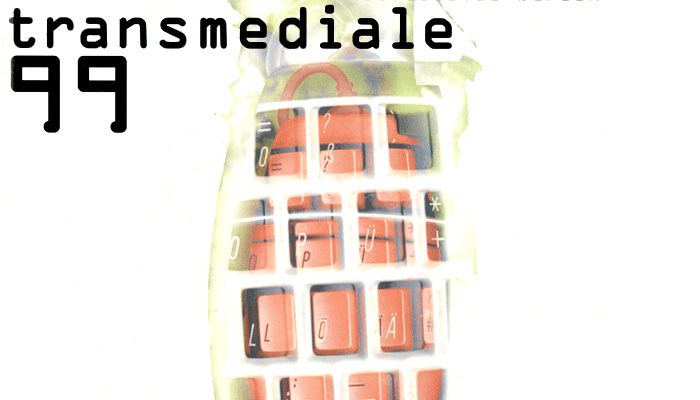
With the byline 'international media arts festival berlin', transmediale ‘99 invited artists, scientists and commercial producers to present digital worlds and beings in films, video and games. The aim was to explore the entertainment industry and its stimulating experiments with art, design and modern technologies, as well as the revolutionary changes the branch has undergone and brought about.
-
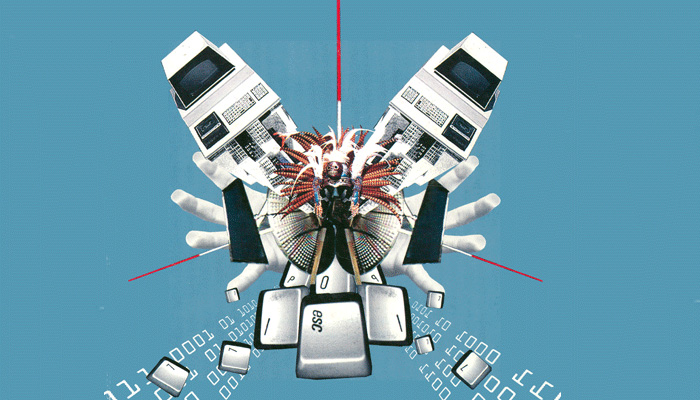
The turn of the millennium: the world was speculating about major computer break downs and seemed to take one step closer to its own doom. transmediale 2000 documented the changing artistic practice in a media-technologically oriented culture at the beginning of a new millennium.
-
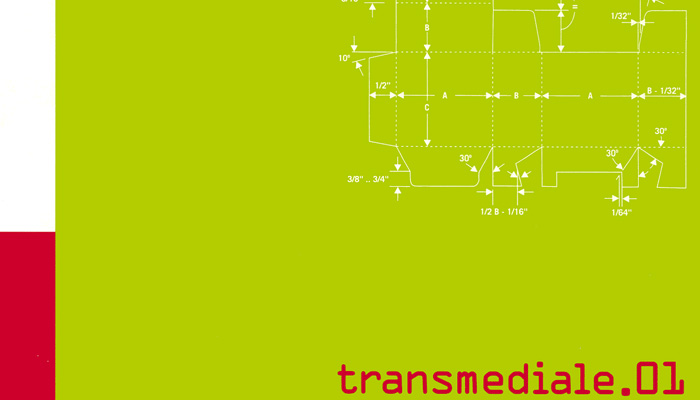
transmediale.01 DIY aimed at turning passive media consumers into active producers: emphasizing the emancipatory, self-empowering tendencies of digital culture, the festival offered a highly qualified forum for investigating new forms of artistic and social participation.
-

The term “go public” is used in the new economy, meaning the initial public offering on a stock market. Originally, however, it meant the publication of information. transmediale.02 go public! invited artists and visitors to create publicity and to develop new creative ideas for the public space in the digital era.
-
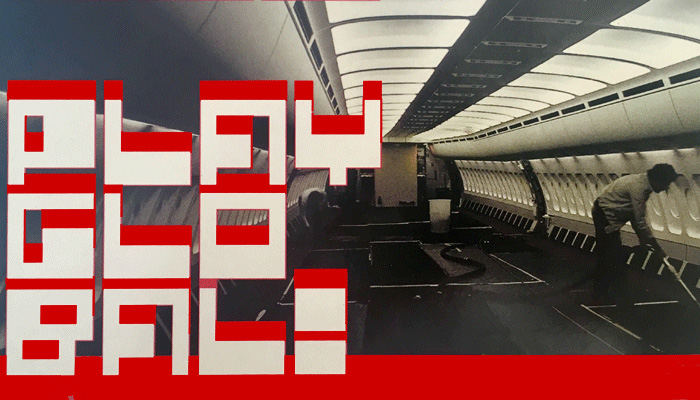
Conceptualized as a counter-weight to economic and military forms of globalization, transmediale.03 PLAY GLOBAL! presented itself as an artistic "global player": aesthetic and critical strategies were called upon to create playful ideas to handle globalization in ironic and humorous manners.
-
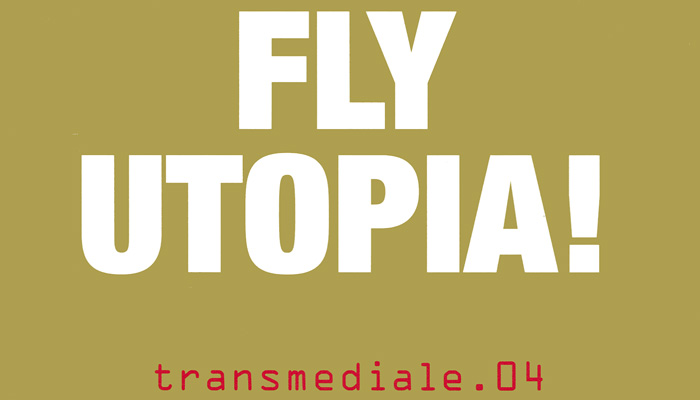
transmediale.04 FLY UTOPIA! dealt with the hope that lies beneath the infinite potential of possibilities in the era of media technology—but also with the hopelessness of a completely technologized and dis-cultured society, which is dominated by the unlimited claim and use of power.
-

transmediale.05 BASICS explored the aesthetic and ethical foundations of artistic practice with digital technologies in a hyper-potential culture. For this reason, it presented models of an artistic practice whose ethics derive not from past value systems, but from an appropriation of an extreme and contradictory, contemporary culture.
-
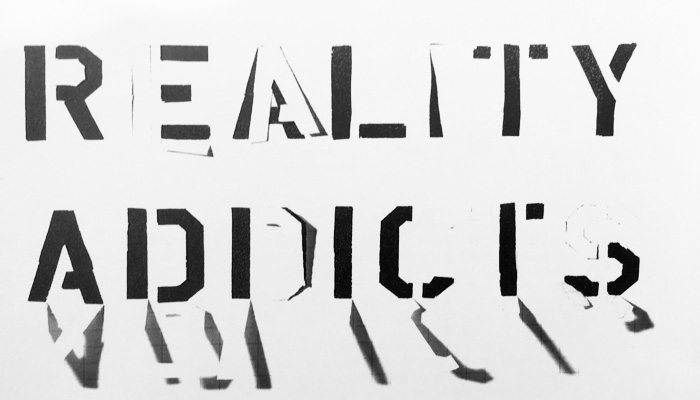
transmediale.06 REALITY ADDICTS was interested in real human beings, in words and images, in nature and culture. It was devoted to subverting our reality - produced through means of media-technology - with the help of artistic strategies.
-

transmediale.07 unfinish! investigated the terrain of human agency and artistic practice between openness, finitude, and closure. After all, “unfinish!” is not only the battle cry, but also the curse of digital work—work that knows no conclusion, but only consecutive versions.
-
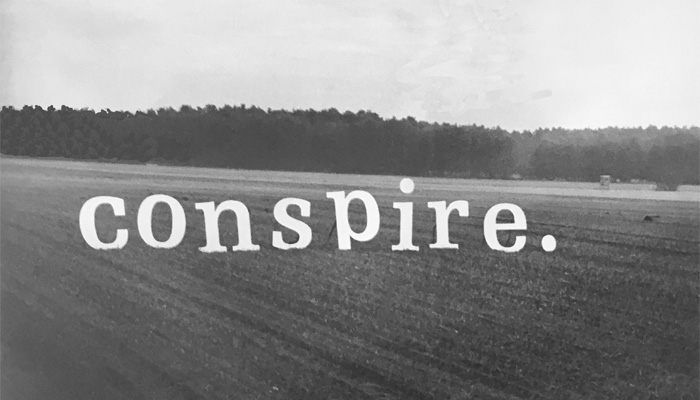
In examining dubious worlds of story-telling and remote opinion making, transmediale.08 CONSPIRE... critically explored the means of creative conspiratorial strategies that offer the potential to uncover new forms of expression in the digital discourse.
-

transmediale.09 DEEP NORTH focused on the impact and unavoidable consequences of the pending global transformation—the crossing of a point of no return akin to the fall of the Berlin Wall 20 years ago.
-
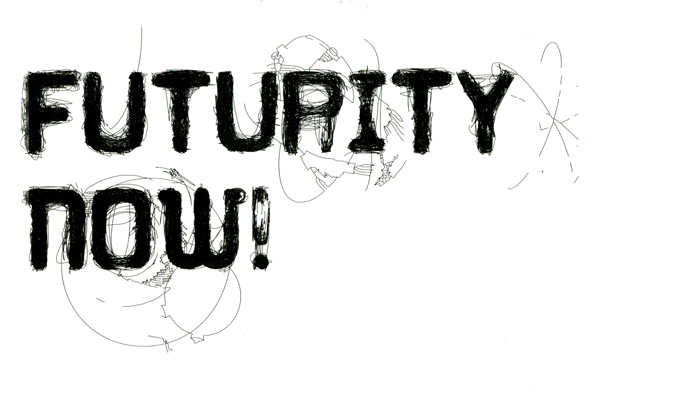
In search of new templates for the future: transmediale.10 FUTURITY NOW! asked not what the future has in store for us, but what it is that we have in store for the future.
-

transmediale.11 RESPONSE:ABILITY put forward a call for action in terms how we live on and with the Internet today, and explored the emerging qualities of liveness as a fundamental nature of our present digital culture.
-

Incompatibility is the condition arising when things are not working together. transmediale 2k+12 in/compatible probed the productive and destructive sides of incompatibility as a fundamental condition of cultural production.
-
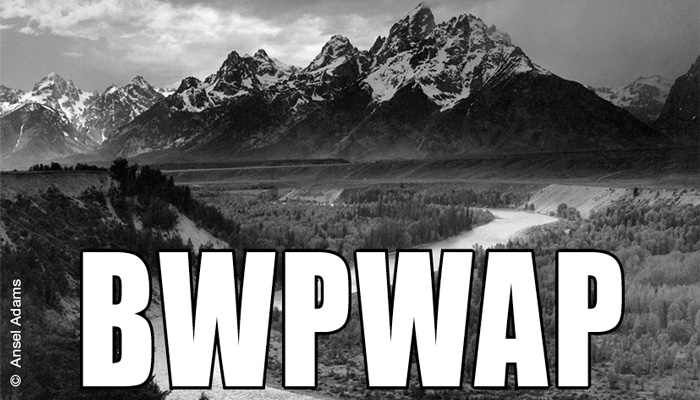
“BWPWAP” (Back When Pluto Was a Planet) is an expression used when one wants to talk about things in our recent past that have changed quickly. transmediale 2013 BWPWAP suggested that this classification crisis opens up a space of cultural negotiation and artistic intervention.
-

Between shiny high-tech, e-waste dumps, big data businesses and mass surveillance schemes: transmediale 2014 afterglow explored our present post-digital moment as one in which former treasures of our mediatized life are turning into trash.
-
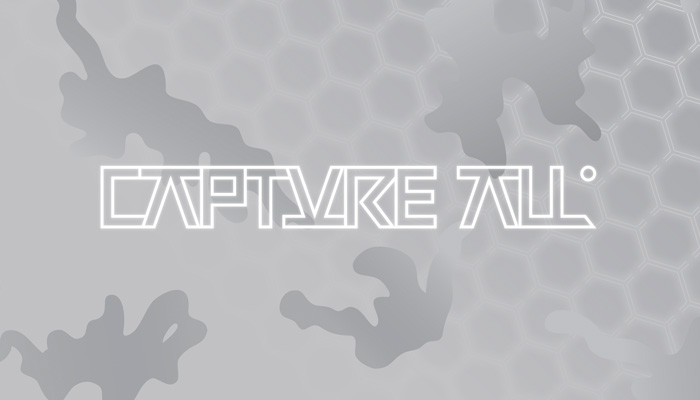
What do the futures of work, play and life look like through the black mirror of data? transmediale 2015 CAPTURE ALL looked at how we make sense of a culture dependent on measurement, and how to act with autonomy within such a culture.
-
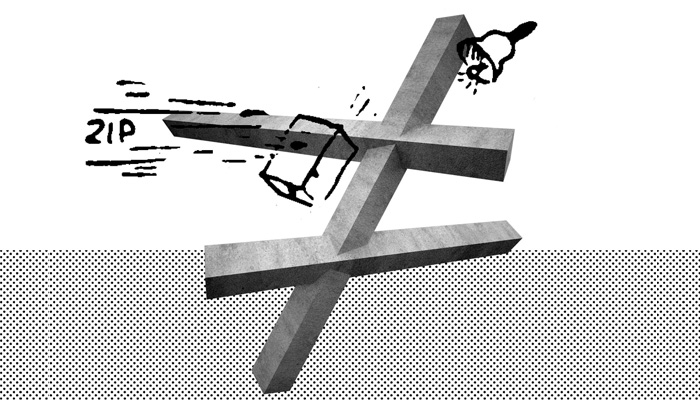
In 2016, transmediale/conversationpiece created an intensive space of exchanges, murmurs, and transitions. It aimed to provide a space for reflections on idealized aspects of contemporary life under digital capitalism.
-
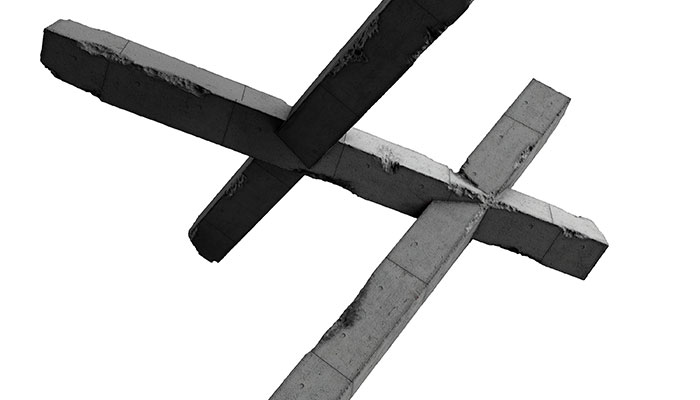
Under the title ever elusive transmediale celebrated its 30 year anniversary with an entire month of activities. In the context of an always changing media culture, the anniversary looked at ongoing shifts in dialogue with the past.
-
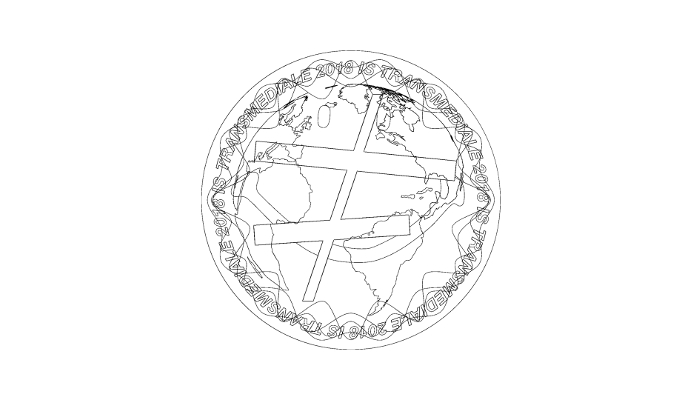
transmediale 2018 face value sought possible new ways of resisting and deconstructing the alarming development of a digital populism, the radicalization of net culture and the new culture wars.
-

transmediale 2019 focuses on how feelings are made into objects of technological design and asks what role emotions and empathy play within digital culture. One of the key questions of the upcoming festival is “What moves you?”, referring not only to an emotional response but also to the infrastructures and aesthetics that govern how affect becomes mobilized as a political force today.
-

transmediale 2020 End to End reevaluates the role of networks as technological, social, and artistic infrastructure and their limits: it will outline potential futures of the network society and beyond.




































